All about chemical peels and the best at-home treatments.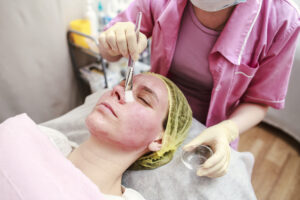 A chemical peel is a controlled injury to the skin which removes old, damaged cells and replaces them with fresh, unblemished cells. A trip to a licensed esthetician can run you anywhere from $200 on the low end to $6,000 on the high end as frequently as once per month (for superficial peels). The cost of beauty, right? Not exactly.
A chemical peel is a controlled injury to the skin which removes old, damaged cells and replaces them with fresh, unblemished cells. A trip to a licensed esthetician can run you anywhere from $200 on the low end to $6,000 on the high end as frequently as once per month (for superficial peels). The cost of beauty, right? Not exactly.
History of Facial Peels As early as ancient times, people used a variation of what we now call a chemical peel. Most notably Egyptian women bathed in milk, specifically, Cleopatra who bathed in sour milk. While we might retch to think of the smell and (ew) clumps in her specially drawn milk bath, Cleopatra was unknowingly harnessing the power of a chemical peels driving ingredient, AHAs, found in lactic acid. The Greeks and Romans also joined the Egyptians in earring crushed grapes, and even wine, which contains another AHA, tantric acid.1 From there, not much changed until the 20th century, when the first intentionally formulated chemical peels were developed, their recipes and services kept under lock and key for the Hollywood elite. Until 1961, that is, when the Baker-Gordon peel recipe was released through the mainstream media and catapulted peels into widespread use.2 For the next forty to sixty years, most sought out chemical peel services from dermatologists and estheticians, and though some at-home products were available previously, COVID-19 completely changed the at-home market, and the DIY beauty confidence.
Mainstream At-Home Use During the pandemic, we took our personal care into our own hands. We had to. We also had to face ourselves in the Zoom camera way too often. And what did we see? All the little blemishes staring back at me. “Face peel products have grown 150% from 2019 to 2020, according to analysis from 1010 data, with a 107% spike in sales in April 2020 compared to March 2020. Some beauty brands leading the online face peel market include The Ordinary, QRxLabs, Dr. Dennis Gross, M-61, Bliss and Neogen Dermalogy.”3 Lucky for us, these gentle new chemical exfoliators allow you to brighten your complexion from the comfort of your bathroom for way less than a similar spa treatment. What a time to be alive. With a variety of formulas to choose from, each of these peels promises smoother, softer, younger-looking skin, and fewer breakouts with regular use, but let’s see how they really measure up. (All of our offerings on SkinMedix, curated by our Clinical Director, Aaron Kozol, a licensed non-practicing pharmacist, have already been vetted for their quality and effectiveness.)
Glytone Essentials Mini Peel – A weekly skin booster using 10.8% glycolic acid to thoroughly exfoliate and renew the complexion. Perfect for use between in-office peels and safe for all skin types, it works without irritation, resulting in a calm, comfortable finish.Murad Intesive-C Resurfacing Peel – Formulated with a blend of botanicals and resurfacing agents to replenish radiance while smoothing and softening the skin. Apply the mask after cleansing and let it sit for 10 minutes before rinsing it off with a warm cloth to deep clean and brighten. Also available in travel size.Dr. Dennis Gross Alpha Beta Daily Face Peel – The first peel formulated for daily at-home use. Its unique two-step system of ready-to-use pads contains a precise blend of alpha- and beta-hydroxy acids, antioxidants vitamins A, C, and E, soothing green tea extract.Warning: Skin can become vulnerable to UV rays after a peel. Use sunblock to prevent further damage after a treatment.
Sources:
-
“The history of facial peels and how they’ve changed over the years”. Versed Skin. (n.d.). https://versedskin.com/blogs/learn/history-of-facial-peels
-
Brody, H.J., Monheit, G.D., Resnik, S.S. and Alt, T.H. (2000), A History of Chemical Peeling. Dermatologic Surgery, 26: 405-409. https://doi.org/10.1046/j.1524-4725.2000.00505.x
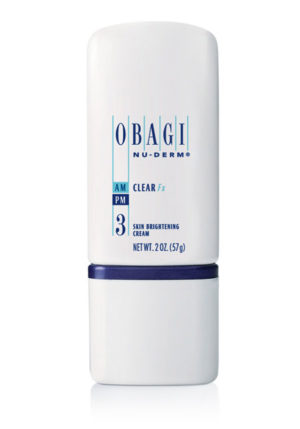
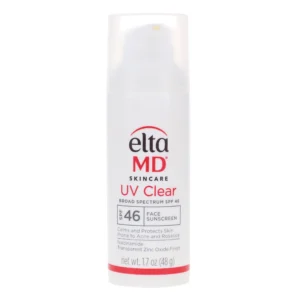
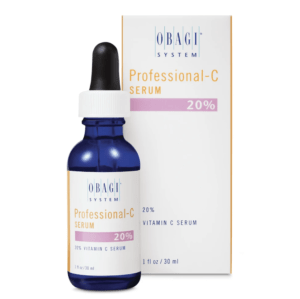
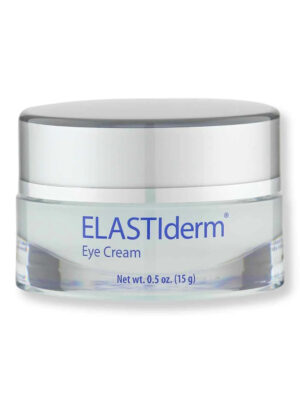
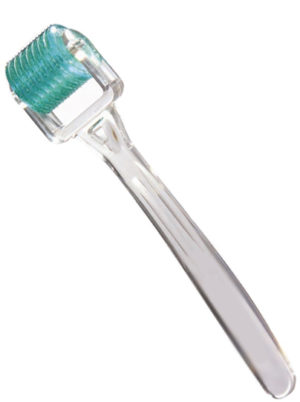
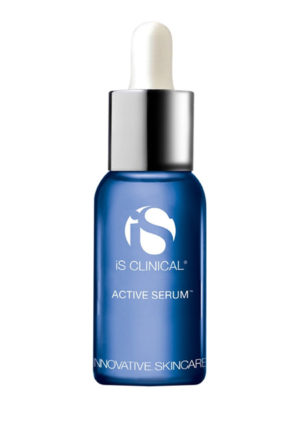
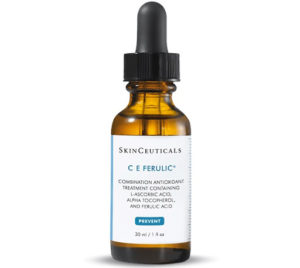
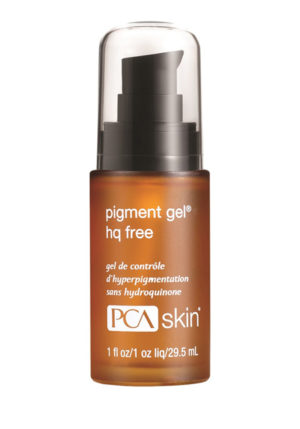
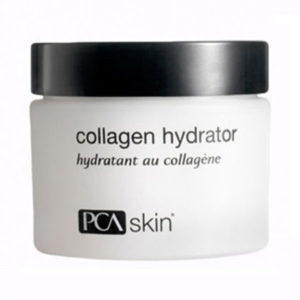
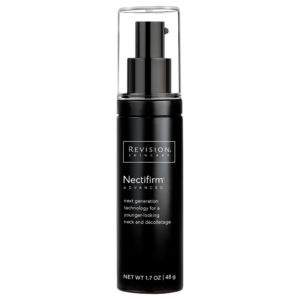
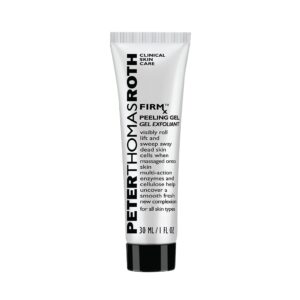
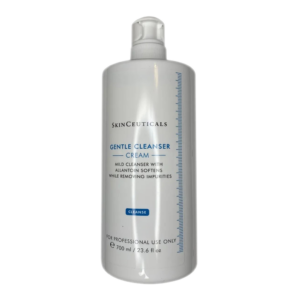
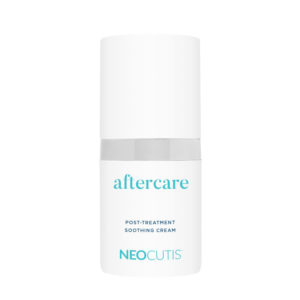
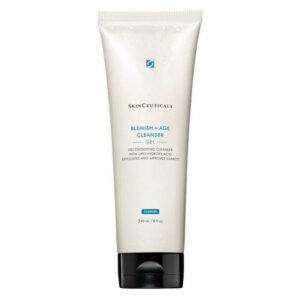
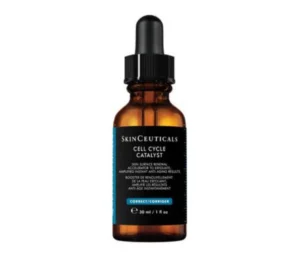


No comments yet.